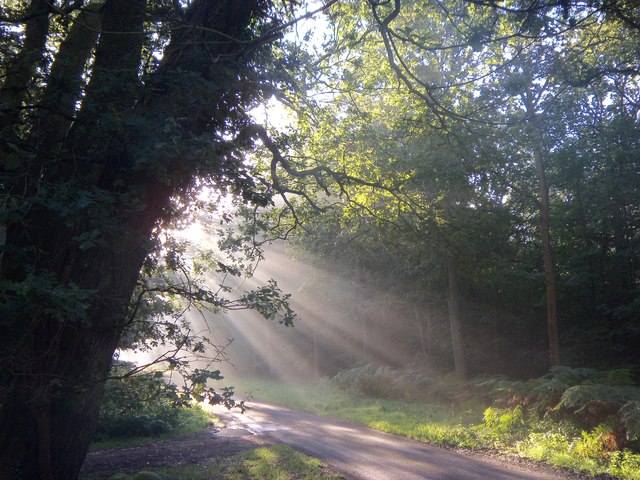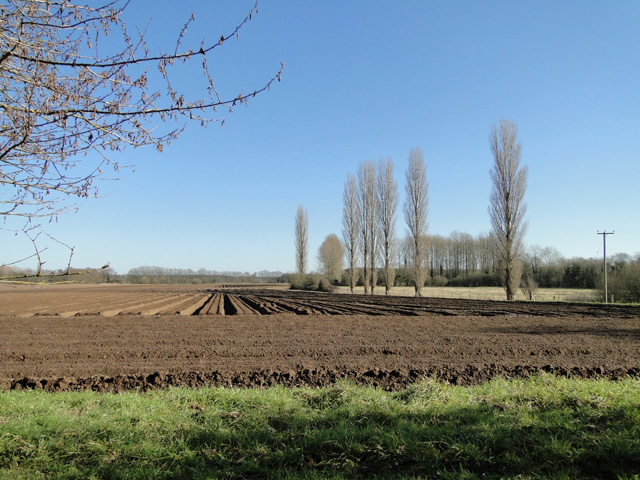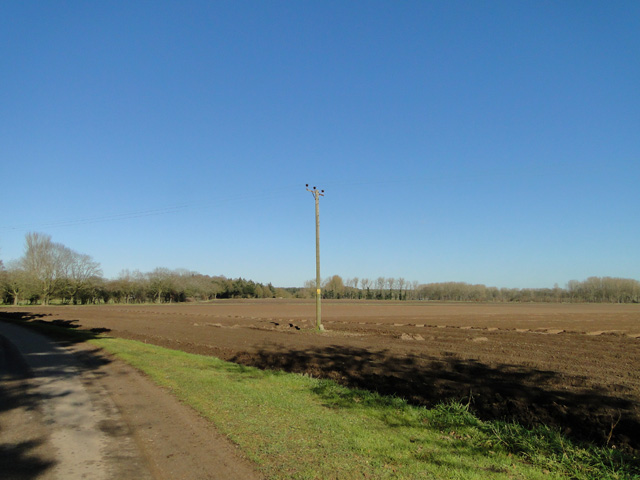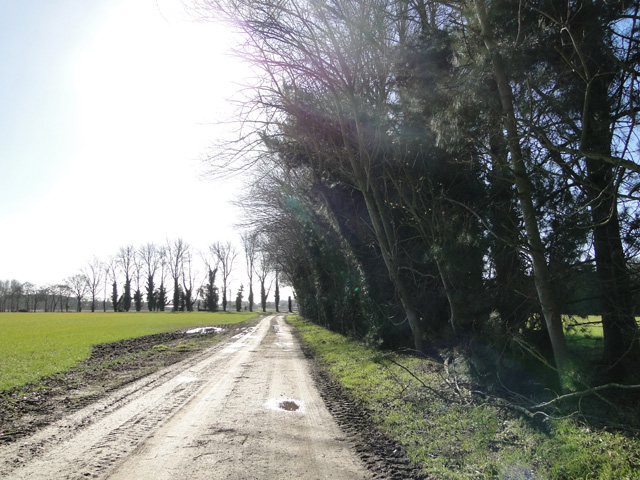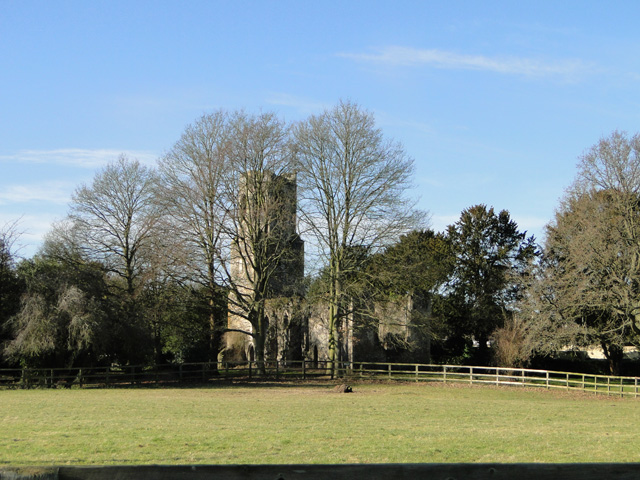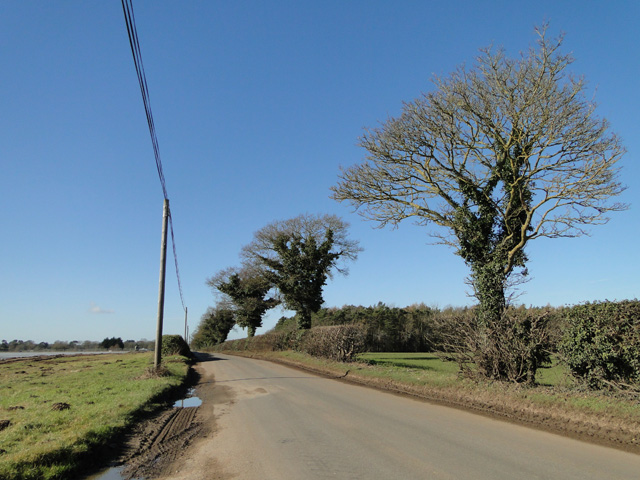Ash Plantation
Wood, Forest in Norfolk Breckland
England
Ash Plantation

Ash Plantation is a picturesque woodland located in Norfolk, England. Spanning approximately 100 acres, it is known for its dense population of ash trees, hence the name. The plantation is situated near the village of Norfolk, making it easily accessible for both locals and visitors.
The forest is characterized by its lush greenery and diverse wildlife. The towering ash trees create a canopy that provides shade and shelter for an array of flora and fauna. Visitors to Ash Plantation can expect to encounter a variety of bird species, including woodpeckers, owls, and songbirds. Squirrels, badgers, and deer are also commonly spotted within the woodland.
There are several walking trails that wind through the plantation, allowing visitors to explore its natural beauty at their own pace. These pathways are well-maintained and provide a peaceful and tranquil atmosphere for hikers and nature enthusiasts. Along the trails, informative signs provide details about the different tree species and wildlife found in the area, enhancing the educational experience.
Ash Plantation is a popular destination for outdoor activities such as picnics, photography, and birdwatching. It also serves as an ideal location for nature studies and research. The Norfolk Wildlife Trust actively manages and conserves the plantation, ensuring the preservation of its unique ecosystem.
Overall, Ash Plantation offers a serene and breathtaking escape from the hustle and bustle of everyday life. Its natural beauty and diverse wildlife make it a must-visit destination for those seeking to reconnect with nature in the heart of Norfolk.
If you have any feedback on the listing, please let us know in the comments section below.
Ash Plantation Images
Images are sourced within 2km of 52.491524/0.81920716 or Grid Reference TL9191. Thanks to Geograph Open Source API. All images are credited.
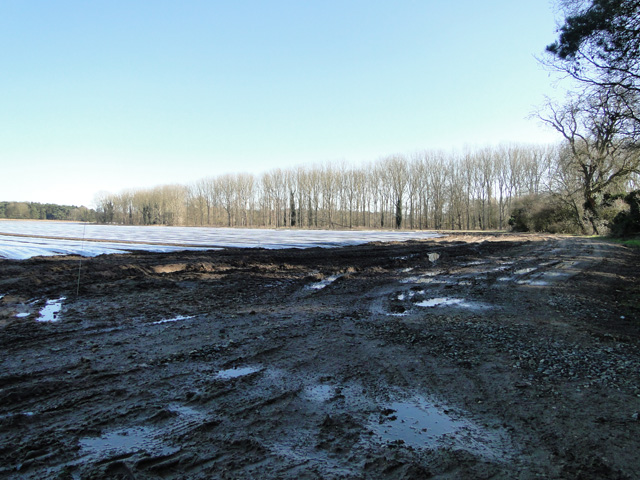
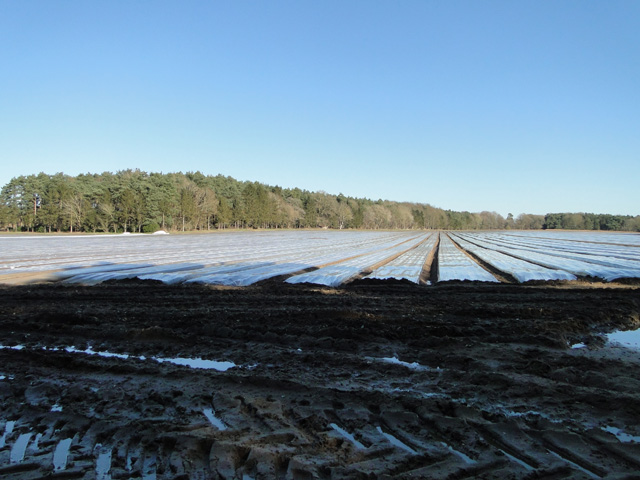
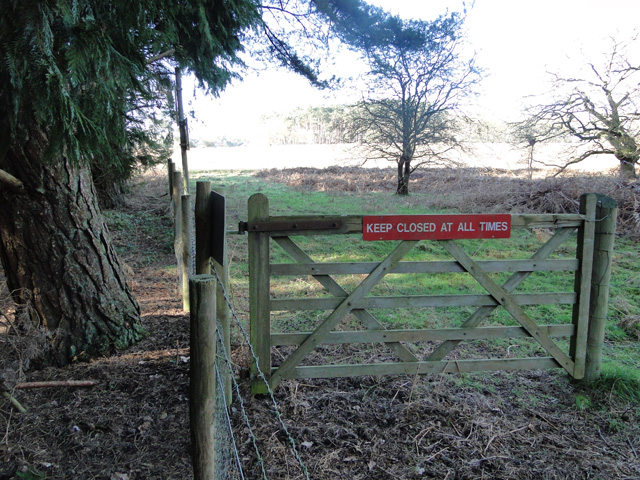
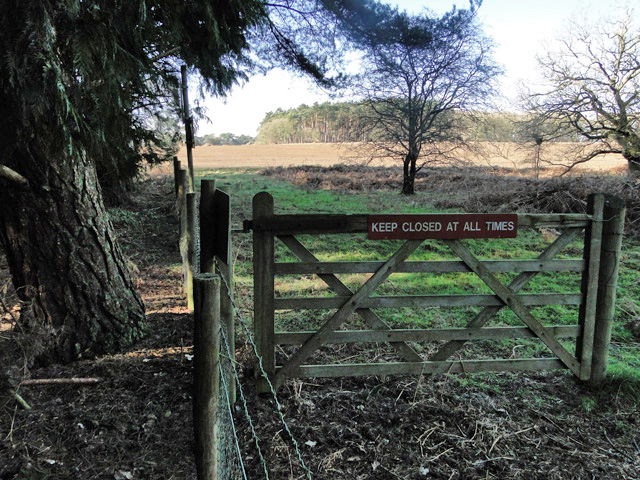
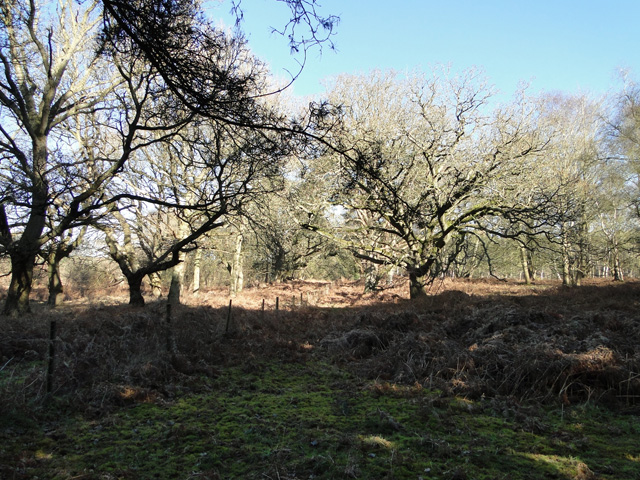
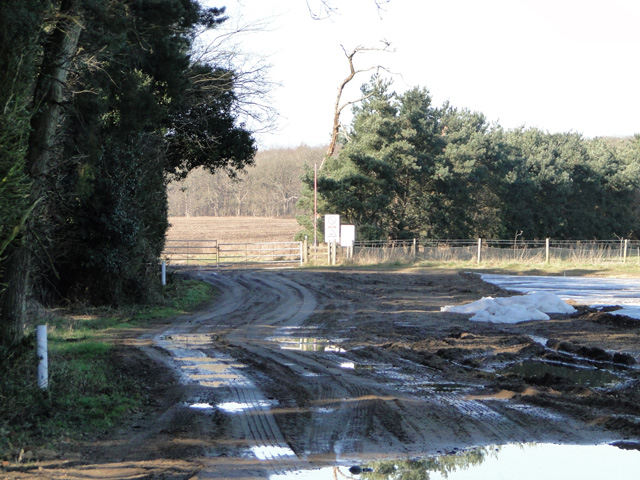
Ash Plantation is located at Grid Ref: TL9191 (Lat: 52.491524, Lng: 0.81920716)
Administrative County: Norfolk
District: Breckland
Police Authority: Norfolk
What 3 Words
///sifts.requiring.shape. Near Griston, Norfolk
Nearby Locations
Related Wikis
Nearby Amenities
Located within 500m of 52.491524,0.81920716Have you been to Ash Plantation?
Leave your review of Ash Plantation below (or comments, questions and feedback).



